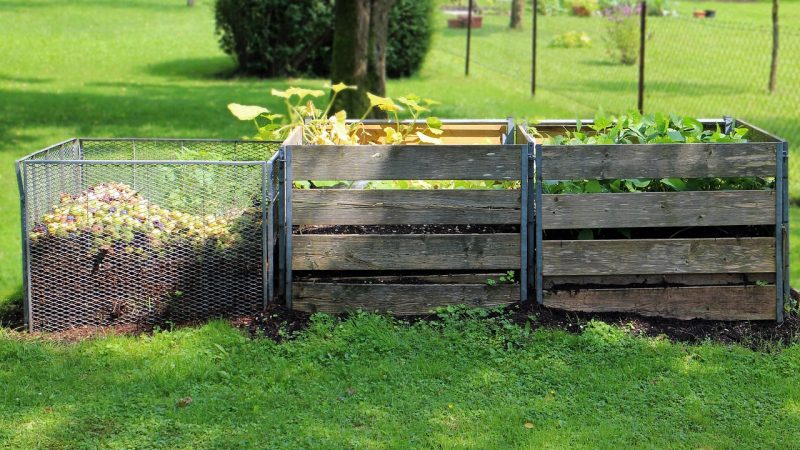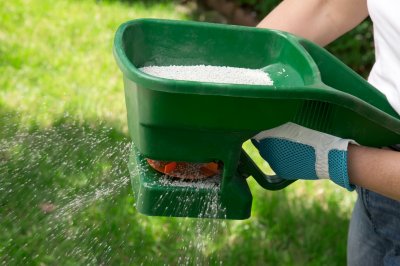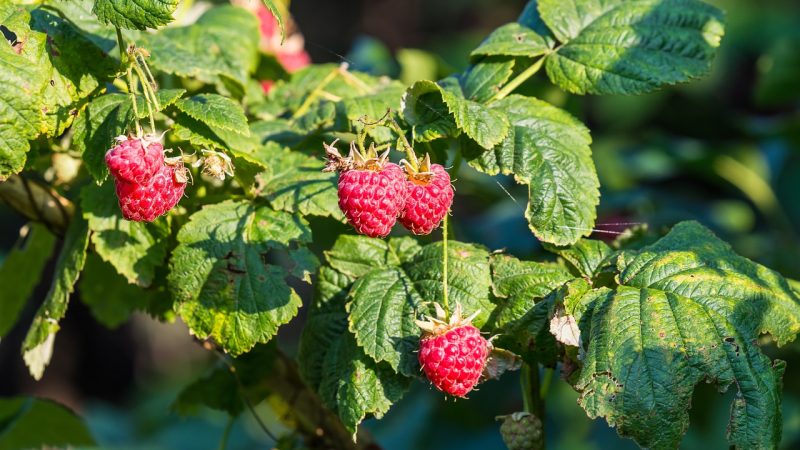Mulching plants with grass clippings can be a beneficial practice for your garden or landscape. Here are some tips and benefits of using grass clippings as mulch:
Tips for Mulching with Grass Clippings:
- Use Fresh Clippings: Ideally, use fresh grass clippings that have not been treated with any chemicals or herbicides. Avoid using clippings from lawns that have been treated with pesticides, as these can harm your plants.
- Allow Drying: If you have freshly cut grass, let it dry for a day or two before using it as mulch. This helps prevent matting and reduces the risk of mold or mildew development.
- Apply Thin Layer: Apply a thin layer of grass clippings as mulch around your plants. A layer of about 1 to 2 inches is generally sufficient. Too thick a layer can lead to excessive heat generation and potential issues like fungal growth.
- Avoid Clumping: Spread the grass clippings evenly to prevent clumping, which could inhibit water penetration and airflow.
- Avoid Seeding Areas: Avoid using grass clippings from lawns that have gone to seed or have weed issues. This could lead to weed problems in your garden.
- Avoid Weed-Infested Lawns: Grass clippings from lawns with a lot of weeds should also be avoided, as they can introduce weed seeds into your garden.
- Don’t Cover Plant Stems: Keep the grass clippings away from the base of plant stems to prevent potential rotting or disease.
Benefits of Mulching with Grass Clippings:
- Moisture Retention: Grass clippings, when used as mulch, help retain soil moisture by reducing evaporation. This can be especially beneficial during hot and dry periods, reducing the need for frequent watering.
- Weed Suppression: A layer of grass clippings can act as a natural weed barrier, suppressing weed growth and competition for nutrients with your desired plants.
- Nutrient Recycling: Grass clippings decompose relatively quickly, returning valuable nutrients to the soil. As they break down, they release nitrogen and other nutrients, enriching the soil and benefiting nearby plants.
- Soil Temperature Regulation: Grass clippings can moderate soil temperatures, keeping the soil cooler in hot weather and providing some insulation during colder periods.
- Erosion Control: By covering the soil surface, grass clippings help prevent soil erosion caused by heavy rain or wind.
- Cost-effective: Using grass clippings as mulch is an economical and sustainable option, as it allows you to recycle yard waste rather than sending it to landfills.
Remember that while grass clippings can be a great mulching material, they should be used in moderation and in combination with other types of mulch to ensure a balanced, healthy garden environment. If you don’t have enough grass clippings from your own lawn, you can also check with local landscaping companies or neighbors who might be willing to provide you with their clippings for mulching purposes.







